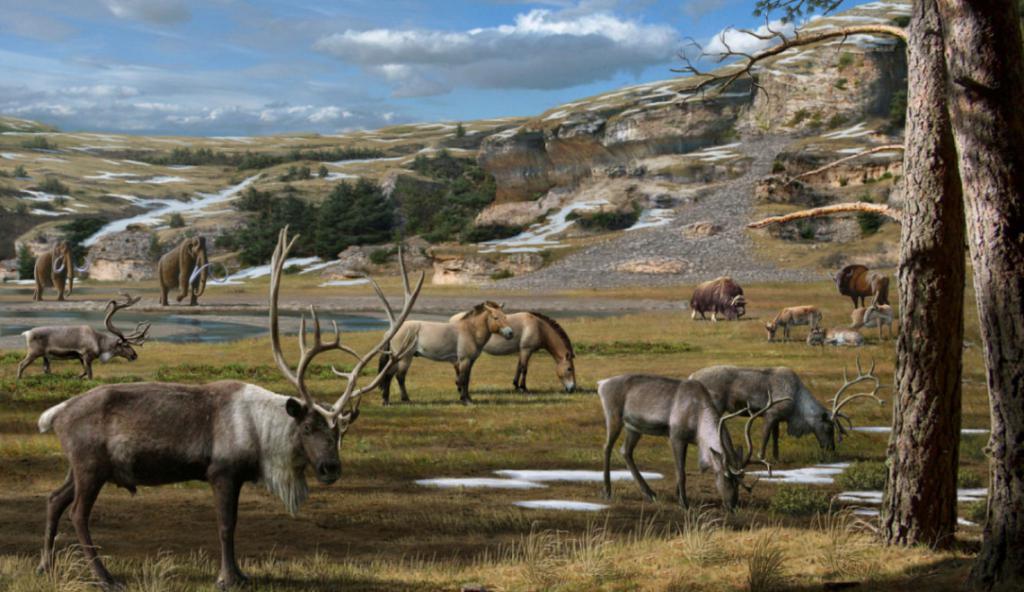Chersky is an urban-type settlement located in the permafrost zone in the extreme north-east of the Republic of Sakha (Yakutia). For many centuries, the place has been an important transit point for researchers, travelers, and geologists. The village reached its heyday during the Soviet Union, being a large port for the delivery of gold mined in the Kolyma to the mainland. At the moment, the population is constantly declining due to lack of work.
Description
The village of Chersky is located in Kolyma, in Yakutia, in the most remote region of the republic. Administratively refers to the Nizhnekolymsky municipal district. Due to the nature of the terrain and climate, no paved roads have been drawn to the settlement. After the formation of a stable ice and snow cover, a winter winding operates, connecting Chersky with the village of Kolymskoye.
Communication of the village of Chersky with the outside world is mainly carried out by air. In the summer, also water. Three kilometers to the north is the once-large Arctic seaport of Zeleny Mys, today serving as the terminal port of the city of Tiksi.
Historical reference
Yukagirs tribes lived on the lands of the village of Cherskiy in the Nizhnekolymsky district. With the beginning of the development of Siberia, detachments of pioneers Kharitonov, Zakharov, Dezhnev, Chyukichev and others were drawn here. Local residents, fishing, did not always welcome uninvited guests. For example, the conflict that occurred in 1643 between the team of Stadukhin and Zyryan on the one hand and the Yukagir heads of the Panteli and Corali clans on the other is known.
The name of the settlement was given in honor of the famous explorer, geologist, paleontologist Chersky Ivan Dementievich. The scientist put a lot of effort into the study of the region. 06/25/1892 he died and was buried in the neighboring village of Kolymskoye. By the way, the expedition, led by the wife of Chersky Mavra Pavlovna, subsequently discovered the well-preserved remains of a woolly rhinoceros in the vicinity.
In Soviet times, the territory became notorious due to the action of the Gulag camps. Subsequently, the village of Chersky became one of the largest centers of gold miners in the country. A large Arctic port was built to transport precious metals. A fur farm, a reindeer herding farm were operating here, and military units were stationed. By the end of the 80s, the population exceeded 11,000 people. Today, the number of residents barely reaches 2.5 thousand. This is due to the displacement of gold transportation routes, depletion of local reserves and lack of jobs.
Scientific research
In 1977, 25 kilometers from the village of Chersky, it was decided to establish the Northeast Scientific Station. This is a unique, largest research center in the world, whose equipment allows year-round work to study the Arctic, not only of the current state, but also of the ancient ecosystem. SNS workers, whose number reaches fifty people, deal with the following problems:
- climate change;
- ecology;
- arctic biology.
Here they study:
- atmospheric physics;
- limnology;
- permafrost science;
- geophysics;
- hydrology and other issues.
Pleistocene Park
Today, the main and very ambitious project of the SIDS is the foundation of the Pleistocene Park, in which scientists are working to recreate the ecosystem that existed tens of thousands of years ago. It is known that in those days, when the climate was similar, instead of the unproductive tundra, vast mammoth steppes extended. Biological diversity was based on the activity of large mammals, mainly ungulates, fertilizing the soil abundantly. After their extinction, the supply of nutrients decreased, the earth became poorer, tall grass was replaced by sparse vegetation.

Scientists reckon that if you concentrate the required number of animals on a certain territory, you can restore the ecosystem corresponding to the late Pleistocene. The project started in 1988, and some success was achieved. Today, reindeer, musk ox, horses, moose, and bison live in a fenced area of 16 km 2 . In the future, if it is possible to clone mammoths, they will also be delivered to the park. Next in line are woolly rhinos, large-horned deer and, possibly, saber-toothed cats. But so far these are only the dreams of enthusiasts. Thus, in the long term, Chersky may become an important scientific and, in part, tourist center.